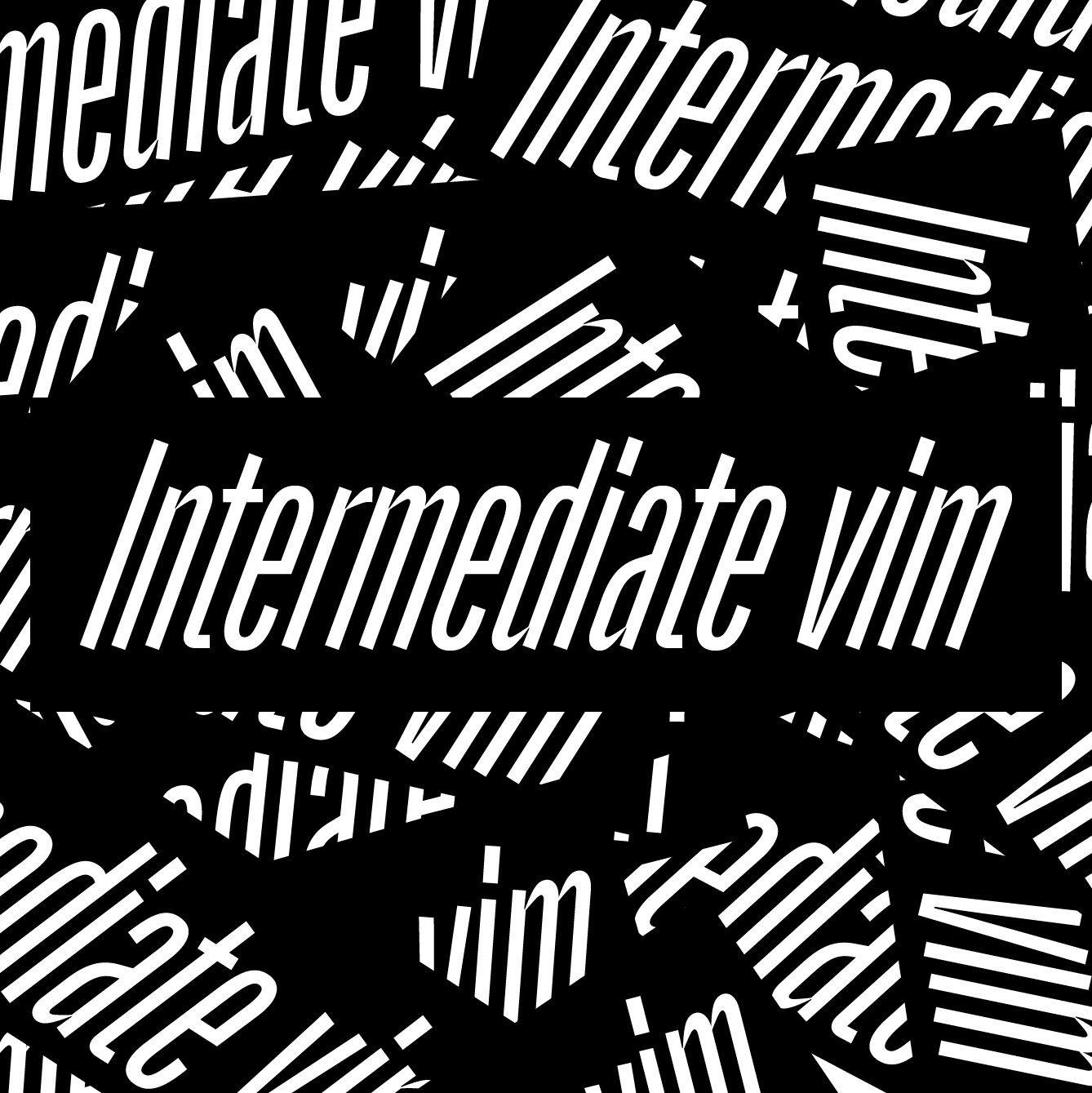If AI starts doing the work of junior developers how will you get senior developers in the future?
development
I’ve done my best to explain what’s going on with these terms, but they cover basically every single major feature of git which is definitely too much for a single blog post so it’s pretty patchy in some places.I really like this approach to understanding something with confusing terminology—assume the audience has necessary context and just jump in and unpack the confusing parts without starting from zero. I learned some new git tricks from this.
"Third party link-shortening tools can add unnecessary steps to your processes, create accessibility issues, threaten user privacy and undermine user trust – with no benefit to you as communicators."Yes! The risks of using 3rd party URL shorteners outweighs any perceived benefit.
To Rowe, the doctor at Connecticut Children’s, it’s frustrating to see so much innovation in making vaccines, and so little in actually getting them to people. “How much money was put into the science of making the vaccine? How much money is being put into the distribution?” she asks. “It doesn’t matter that you made it if you can’t distribute it.”Just over here screaming internally after every paragraph of this article.
"Are you developing public services? Or a system that people might access when they’re in desperate need of help? Plain HTML works."Good reminder that web design can fail without accessibility.
"...by telling people to put sensitive data (such as credentials, configuration files, etc) it's a really dangerous lesson for our teams. We're teaching people to blindly trust arbitrary websites that they don't have any relationship with, nor have fully audited the source code, when posting potentially sensitive data."This is an excellent reminder that I can take a little extra time and make my own validator and make sure my processes don’t rely on external tools like these.
"Since most of the time WebP is used alongside JPEG fallback, by using WebP you will essentially double your storage costs with little benefit."ah-HA! Unless all of your images < 500px you don't get a big benefit moving to WebP when you can use MozJPEG for encoding.
This is a great idea: move grunt work from a checklist to an automation environment because you'll be more likely to automate any pieces as you can.

There are few satisfactions in life greater than finding a more efficient way to do something in vi. But if you’re me you can’t just read a vi book. You have to read tutorials like this over and over until a new shortcut for moving, cutting, or pasting text just sticks. This is a good tutorial for ambient skill acquisition.

These security and perfomance changes for websites are easy to add and include some new browser features I wasn't aware of before. I went with the recommendation here for a simple CSP header but it looks like you could really batten down the https hatches with that one if you read through the spec.

Webster’s Dictionary defines serverless as—well, it doesn’t define it yet. But I like Postlight’s take on it here. I’m also a fan of Airtable which does structured data and media entry well. With some light glue in Node.js form, you can present that data and media with HTML & CSS. I could see using this when you don’t need the overhead of running WordPress but you want some structure around how you enter content. Neat idea! In conclusion, serverless structure still requires servers.

Justin Kosslyn is addressing global security concerns at Google and here he argues that friction can be a positive force in technology. We tend to think of friction as something that should be removed from every aspect of our lives. (e.g. If we could only do our banking transactions faster than we could spend more time doing what we want.) Kosslyn argues, "It’s time to bring friction back. Friction buys time, and time reduces systemic risk. A disease cannot become an epidemic if patients are cured more quickly than the illness spreads." Ezra Klein at Vox ties this idea to the success of podcasting in The case for slowing everything down a bit: "I believe that one reason podcasts have exploded is that they carry so much friction: They’re long and messy, they often take weeks or months to produce, they’re hard to clip and share and skim — and as a result, they’re calmer, more human, more judicious, less crazy-making." Meanwhile, Farhad Manjoo signs off of his NYT technology column with a similar sentiment in How to Survive the Next Era of Tech (Slow Down and Be Mindful): "Adopt late. Slow down."